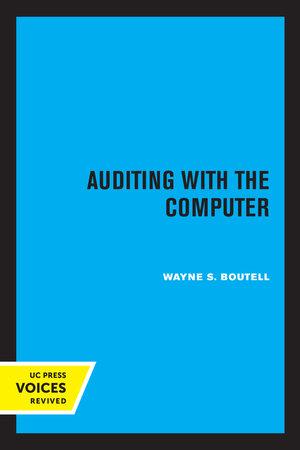
In essence students should carefully study chapter 8 of the textbook and then calculate ratios and the cash cycle for their company and its competitor. Next describe the meaningfulness of these calculations firstly theoretically (text book chapter 8) and then actually and relate the findings to their company and in contrast to their competitor company. Wherever possible industry or accepted standards might assist your contrast as well. Then outline possible company improvements highlighted by the ratios and cash cycle and any weaknesses in using ratios. Note also as follows - 1. The report should be presented as follows. At the very beginning of your report should be a Table with headings as depicted below. You should place (complete) each of your ratio outcomes in the table below using the relevant headings in Table form so the reader/marker can initially see the actual ratio numbers you have arrived at. See also the marking guide where we demonstrate a similarly headed table. Your Company Ratio Write your company name here Competitor Company Ratio Write Competitor company name here 2016 2017 2018 2016 2017 2018 Ratio Name (Net) Profit margin Asset turnover Current ratio Quick ratio Debt (to assets) ratio Days Inventory Days Debtors Days Creditors Cash Cycle Result At the end in the appendix (not counted in word count) there should be another table which demonstrates formulas, completed workings and ratio outcome for each ratio for both companies. Your Appendix table could use the same headings this time with the ratio name including the formula and the years 2016, 2017, 2018 having the calculated formula numbers used and the final ratio. In essence students should carefully study chapter 8 of the textbook and then calculate ratios and the cash cycle for their company and its competitor. Next describe the meaningfulness of these calculations firstly theoretically (text book chapter 8) and then actually and relate the findings to their company and in contrast to their competitor company. Wherever possible industry or accepted standards might assist your contrast as well. Then outline possible company improvements highlighted by the ratios and cash cycle and any weaknesses in using ratios. Note also as follows - 1. The report should be presented as follows. At the very beginning of your report should be a Table with headings as depicted below. You should place (complete) each of your ratio outcomes in the table below using the relevant headings in Table form so the reader/marker can initially see the actual ratio numbers you have arrived at. See also the marking guide where we demonstrate a similarly headed table. Your Company Ratio Write your company name here Competitor Company Ratio Write Competitor company name here 2016 2017 2018 2016 2017 2018 Ratio Name (Net) Profit margin Asset turnover Current ratio Quick ratio Debt (to assets) ratio Days Inventory Days Debtors Days Creditors Cash Cycle Result At the end in the appendix (not counted in word count) there should be another table which demonstrates formulas, completed workings and ratio outcome for each ratio for both companies. Your Appendix table could use the same headings this time with the ratio name including the formula and the years 2016, 2017, 2018 having the calculated formula numbers used and the final ratio







